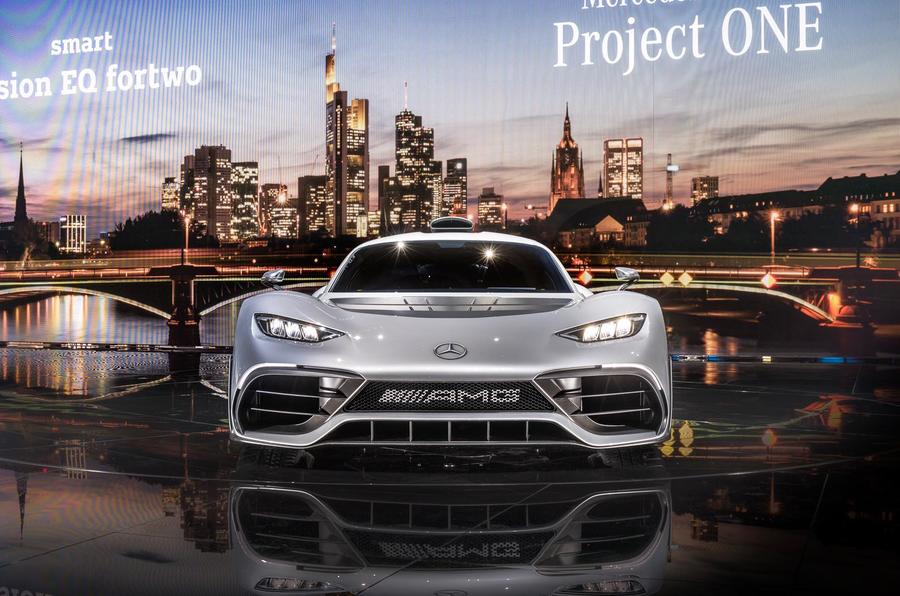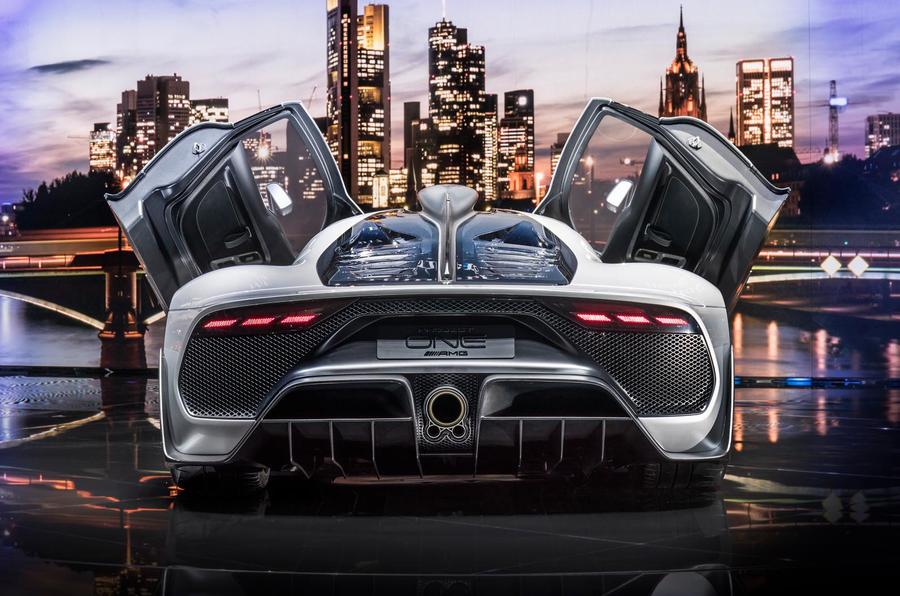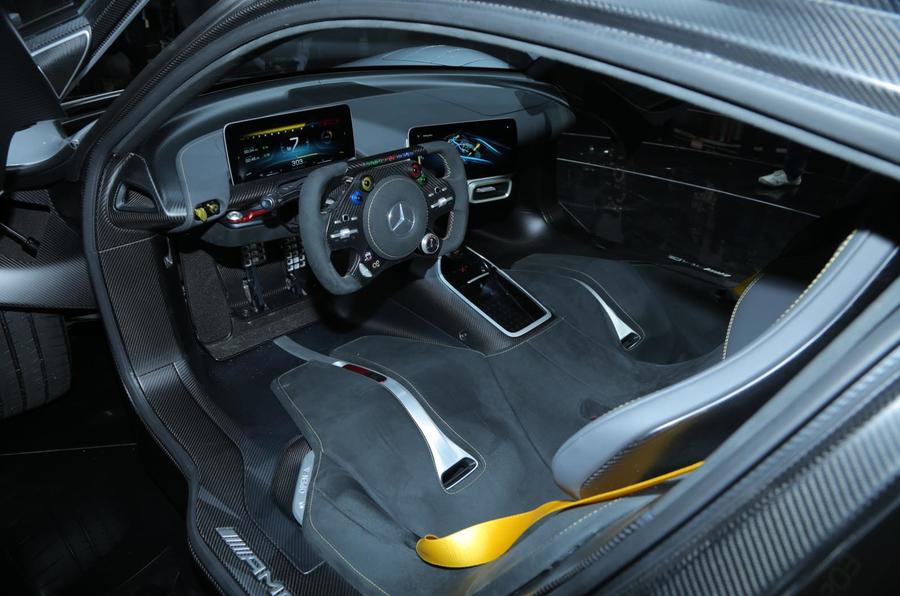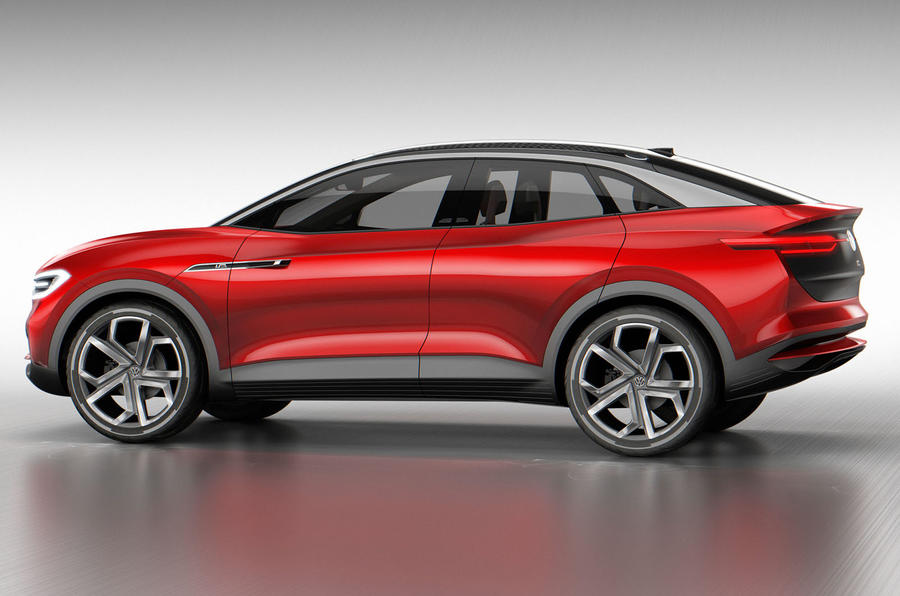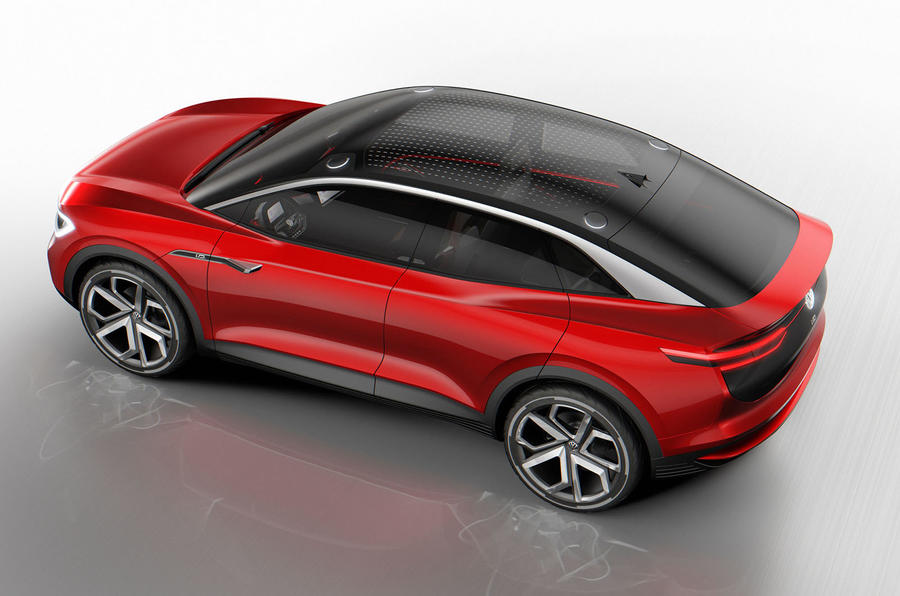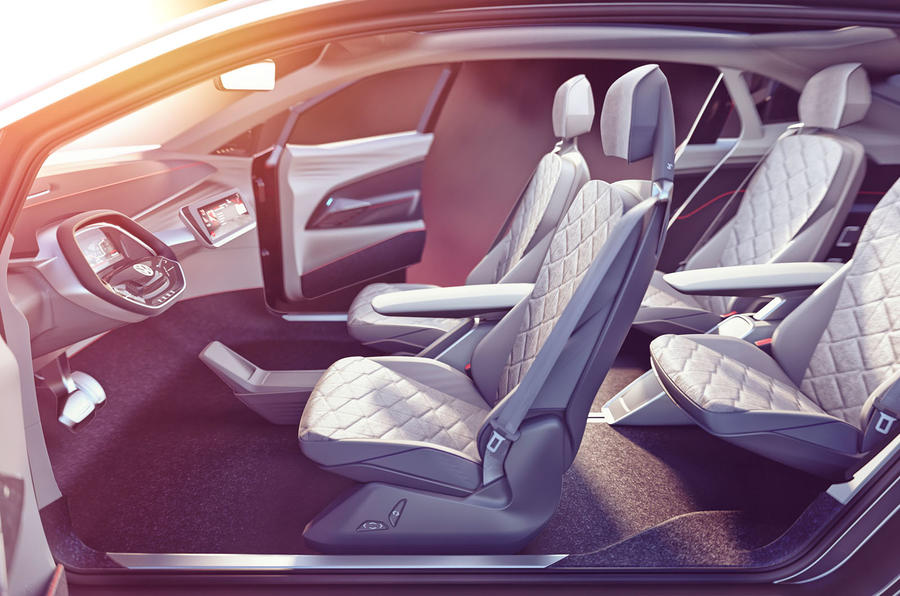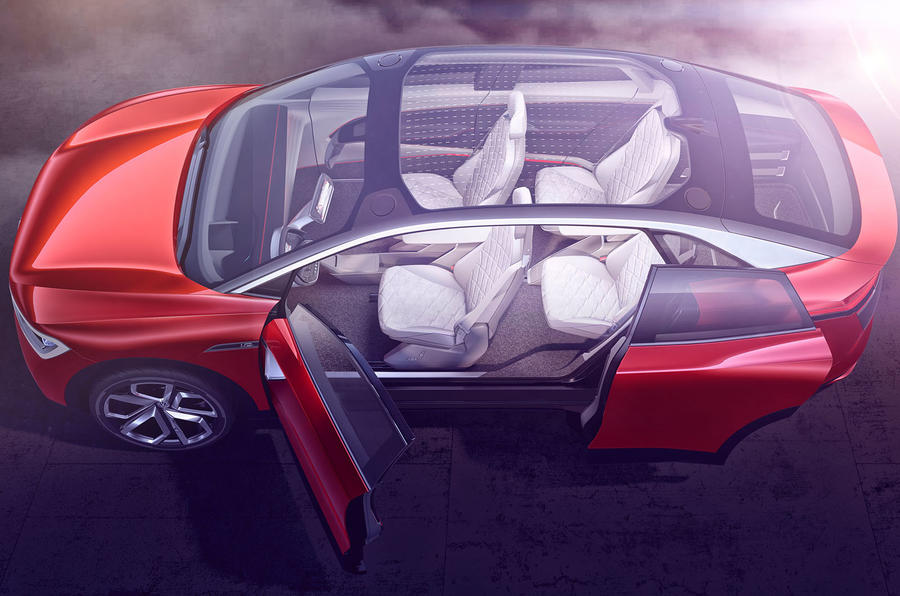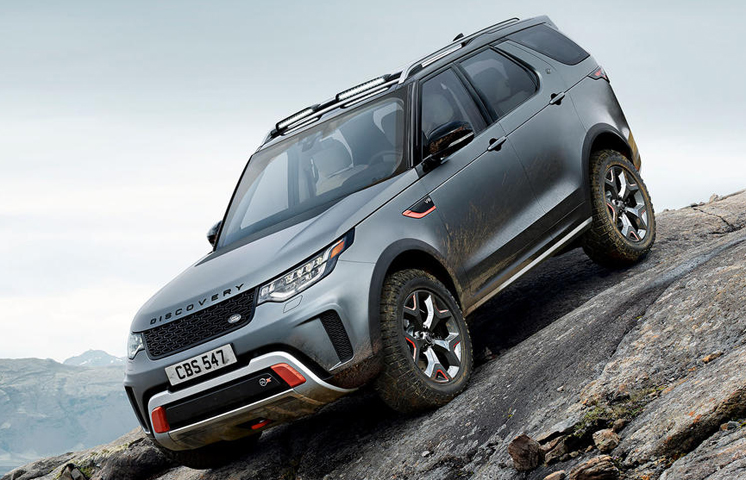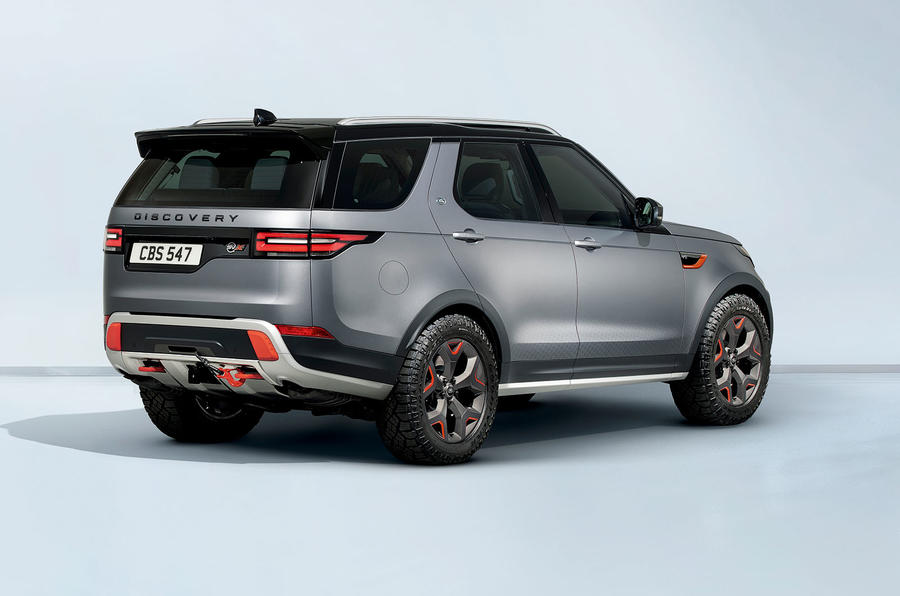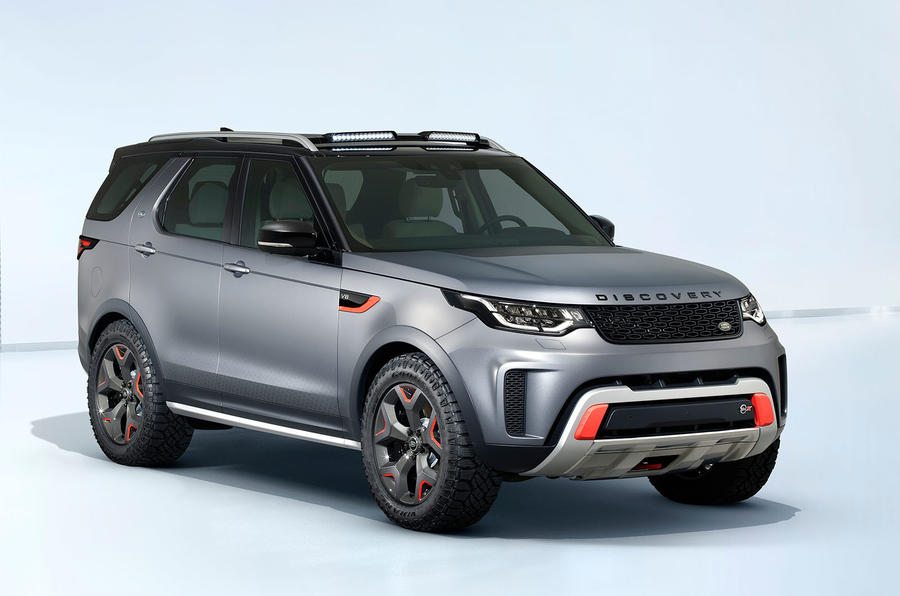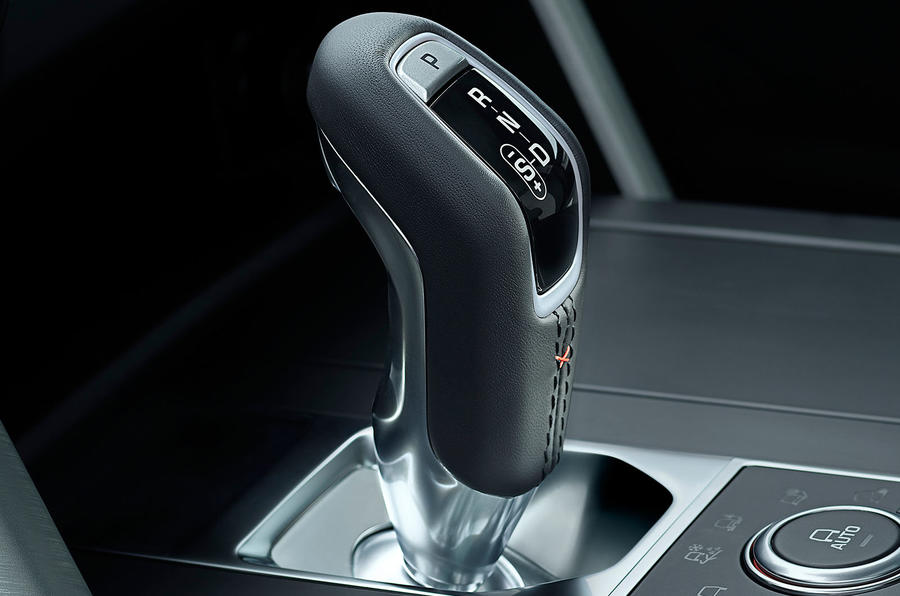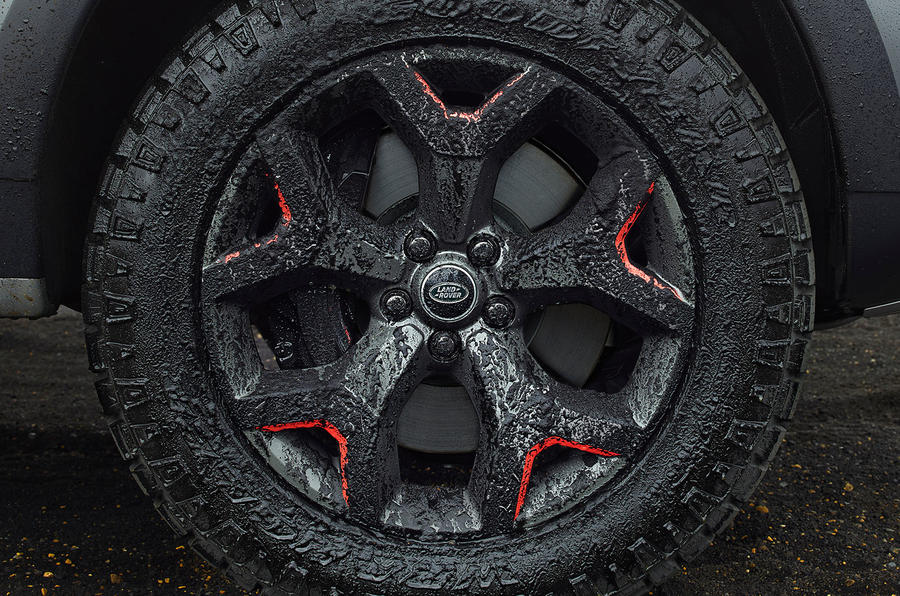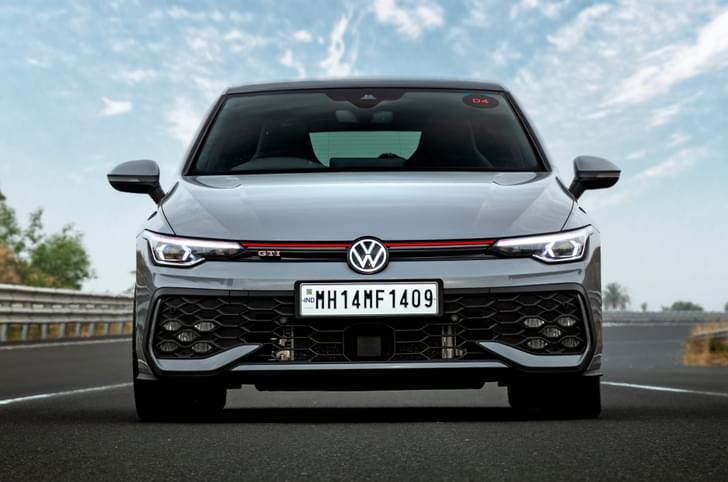Following its official reveal, the Volkswagen T-Roc SUV has made its public debut at Frankfurt. The SUV also marks the beginning of a line-up transformation that will see a renewal of the full VW range by 2020. The model had originally debuted in concept form at the 2014 Geneva motor show.
Set go on sale in December 2017 in international markets, the T-Roc is a five-seat crossover that slots into the VW’s line-up beneath the Tiguan. The car will be available internationally with a choice of three petrol and two diesel engines in differing states of tune, along with either front or 4Motion four-wheel drive.
VW is positioning the T-Roc to rival a wide range of models from the Renault Captur and Nissan Qashqai to premium crossovers and SUVs like the Mercedes-Benz GLA. In a bid to capture more of this burgening market, the production version of the VW T-Cross Breeze concept will be launched in 2019.
The T-Roc is based on the modular MQB platform and employs a MacPherson strut front and, depending on the engine and drive system, either a torsion beam or multi-link rear suspension in combination with an optional adaptive damper system.
The design is similar to the concept, emphasising its dual on and off-road character. VW boss Herbert Diess said at the car's reveal that the new T-Roc would be "the new agility benchmark" in the class. Key design elements include the simple VW grille bookmarked by thin headlights with LED daytime running lamps and cornering lamps lower down within the front bumper. The DRLs also serve as indicators, switching to an orange hue when the turn signals are in operation.
The chunky wheel arches, a swage line that runs back above the door handles to form a defined shoulder line, a chrome trim element extending from the A-pillar to the base of the wide C-pillars and an optional contrasting roof colour are a few of the distinguishing features.
The SUV will be available in three trims - standard, style and sport.
While the T-Roc is 4234mm long, 1819mm wide and 1573mm tall, it is is 252mm shorter, 11mm wider and 131mm lower than the second-generation Tiguan. Although both VW SUVs share the same 2603mm wheelbase, their track widths differ: the T-Roc’s front and rear tracks are 24mm and 31mm shorter than those of the Tiguan at 1546mm and 1572mm respectively.
On the inside, the new T-Roc gets a dashboard that is layed out in the same manner as the Golf Sportsvan, but with additional body coloured trim elements. The controls are also shared with other recently launched Volkswagen models, giving the SUV a familiar cabin.
The T-Roc has a typically SUV-like seating position as the front seats are mounted 572mm above the road, while the rear seats are set at a height of 618mm. Boot space is claimed to be 445 litres, which is 65 litres more than the Golf but 170 litres less than the Tiguan. With the standard 60/40 configured rear seat folded, capacity extends to 1290 litres.
Otional equipment on the T-Roc includes the newest 11.3-inch active info display digital instrument pack, an 8.0-inch touchscreen infotainment display supporting Android Auto, Apple CarPlay and MirrorLink, an inductive smartphone charge plate and a 300-watt, eight-channel Bose sound system.
Volkswagen will offer the T-Roc with a wide variety of engines in Europe. There’s also a six-speed manual or seven-speed dual shift automatic gearbox, and either front or 4Motion four-wheel drive on offer.
The petrol engines include an 115hp, 1.0-litre three-cylinder, VW’s newly introduced 150hp, 1.5-litre four-cylinder, and a 190hp, 2.0-litre four-cylinder petrol engine. The diesels include an 115hp, 1.6-litre four-cylinder and a 2.0-litre four-cylinder, which develops either 150hp or 190hp.
Four models will come with a six-speed manual gearbox and front-wheel drive as standard. The 2.0 TSI and more powerful version of the 2.0 TDI come exclusively with a seven-speed dual-clutch transmission and 4Motion four-wheel drive – a combination that can also be ordered as an option on the 1.5 TSI and 150hp 2.0 TDI.
The four-wheel-drive models also get an active control function that provides a choice between two on-road modes, street and snow, as well as two off-road modes, off-road and off-road individual. An optional feature on front-wheel-drive models, the 4Motion four-wheel-drive models also come with a driver profile function as standard that allows the driver to choose between five drive modes: comfort, normal, sport, eco and individual.
In terms of safety equipment, the T-Roc gets automatic post-collision braking, active land keeping and a front monitoring system – the latter incorporating pedestrian monitoring and emergency braking. High-end models also receive a driver alert system.
Additional features that VW offers on the SUV are road sign display, adaptive cruise control, lane change assist, blind spot monitoring, traffic jam assist, emergency assist, proactive occupant protection, main beam assist and park assist.























